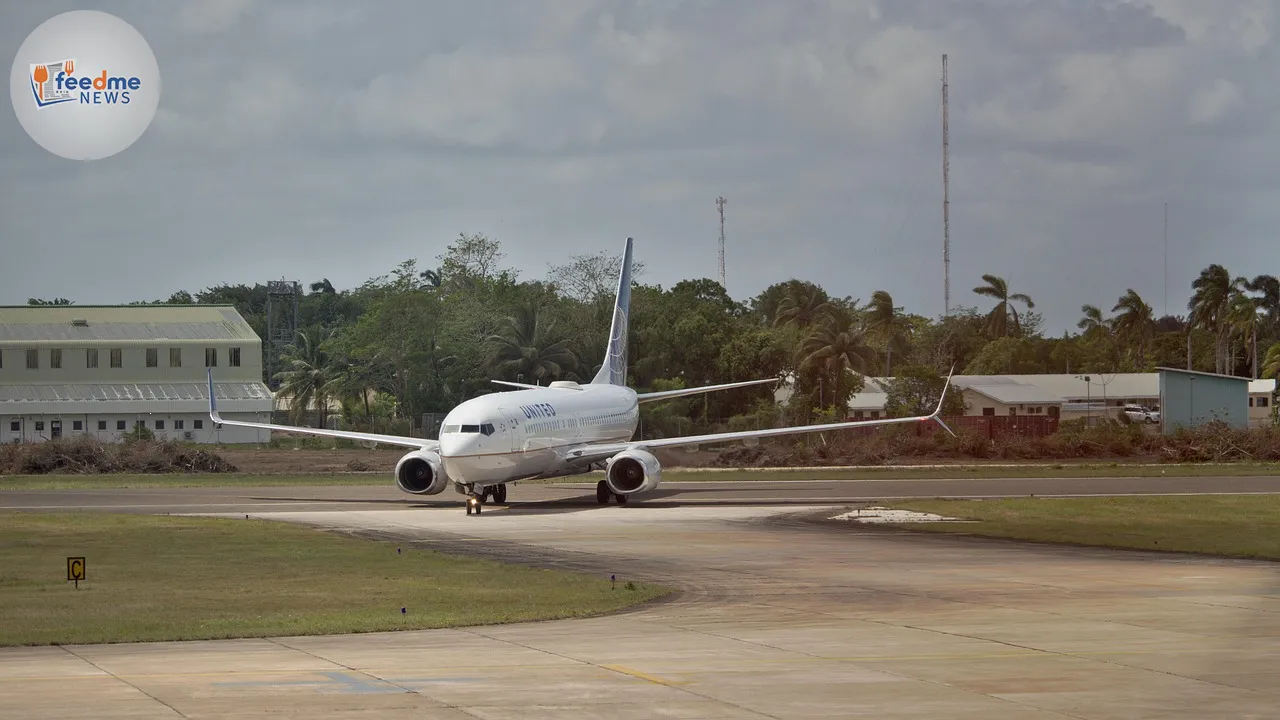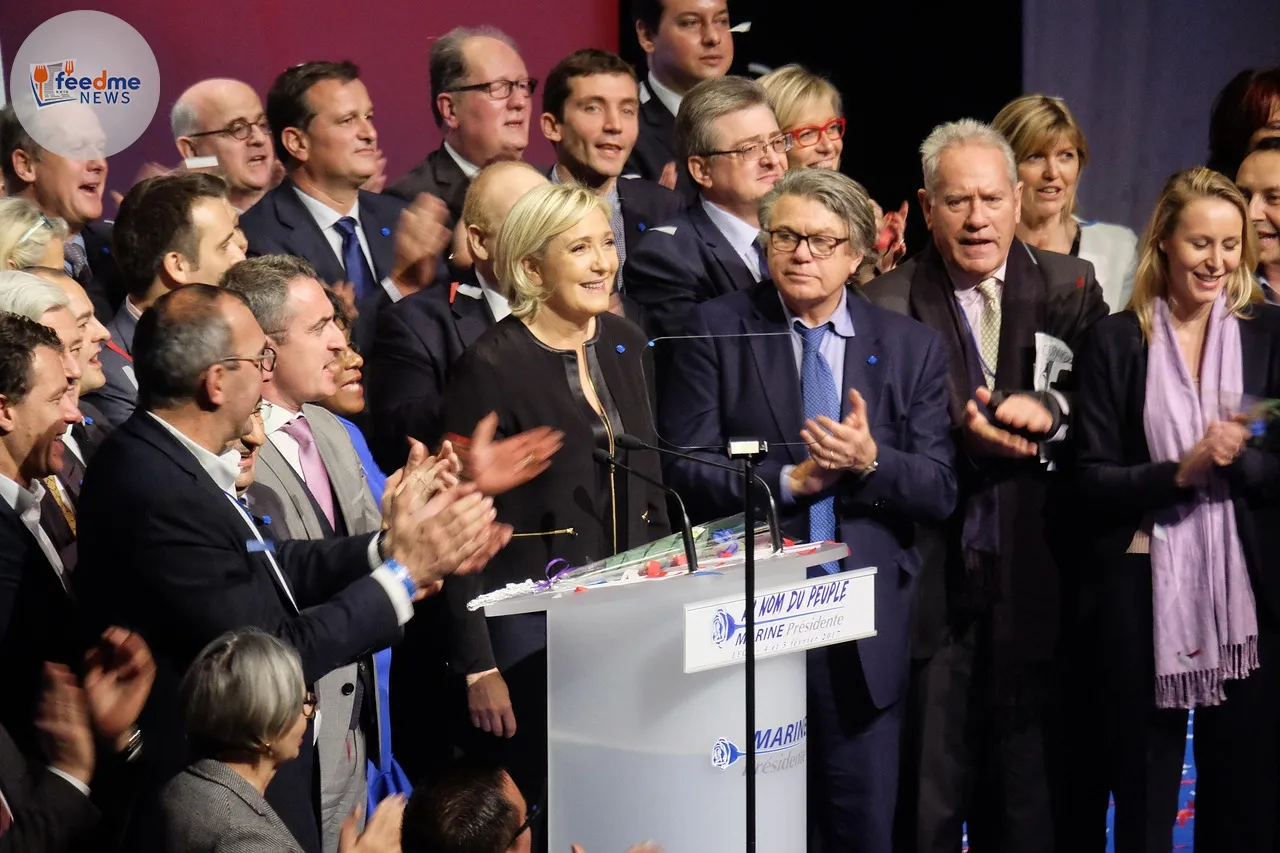A Boeing 737 MAX, initially destined for China’s Xiamen Airlines, has been redirected back to the United States due to escalating costs stemming from bilateral tariffs. The aircraft, painted in Xiamen Airlines’ distinctive livery, touched down at Boeing Field in Seattle on Sunday evening, marking a significant moment in the ongoing trade tensions between the US and China. The tariffs, originally imposed during Donald Trump’s presidency, have made the aircraft prohibitively expensive, with costs expected to soar by 125%.
The return of the Boeing jet highlights the broader implications of the trade dispute, which continues to affect major industries in both nations. This particular aircraft was part of a larger order by Xiamen Airlines, but the financial burden imposed by tariffs has forced a reconsideration of its delivery.

Trade Tensions Escalate Costs
The trade conflict between the US and China has been a focal point of international economic discussions since it began in 2018. The tariffs, which were initially intended to protect domestic industries, have had far-reaching consequences. For Boeing, one of the world’s largest aircraft manufacturers, the tariffs have significantly impacted their sales in one of their largest markets.
According to industry experts, the tariffs have increased the cost of the Boeing 737 MAX by an estimated $55 million, making it financially unsustainable for Chinese airlines. This price hike is a direct result of the 25% tariff imposed on American-made aircraft by China, a retaliatory measure against US tariffs on Chinese goods.
Impact on Boeing’s Production and Sales
Boeing’s production line in Seattle, where the returned aircraft has now been stationed, is experiencing the ripple effects of these trade tensions. The company, which has long relied on a robust Chinese market, faces challenges in securing new orders amidst the ongoing tariffs. The return of the 737 MAX signals potential disruptions in Boeing’s production schedule and financial forecasts.
Industry analysts note that the aircraft’s return could lead to a reevaluation of Boeing’s strategy in engaging with the Chinese market. The company may need to explore alternative markets or negotiate tariff reductions to maintain its competitive edge. Boeing’s spokesperson has yet to comment on the specific strategies the company plans to adopt in response to these challenges.
Broader Implications for US-China Relations
The return of the Boeing jet is not just a commercial issue but also a reflection of the broader geopolitical tensions between the US and China. The tariffs, part of a larger trade war, have strained relations between the two economic superpowers, affecting various sectors beyond aerospace, including agriculture and technology.
Diplomatic efforts to resolve these tensions have seen limited success, with both sides remaining firm on their respective trade policies. The ongoing dispute has also prompted discussions within international trade bodies, with calls for a resolution that could benefit global economic stability.
Reactions from the Industry
The aviation industry, already grappling with post-pandemic recovery challenges, views the tariff-induced cost increases as a significant setback. Airlines operating on thin margins find it increasingly difficult to absorb such cost hikes, leading to potential delays in fleet expansions and renewals.
Experts suggest that the situation underscores the need for a more collaborative international trade framework. “The aviation sector is inherently global, and trade barriers only serve to hinder growth and innovation,” stated an industry analyst. The call for reduced tariffs and improved bilateral relations resonates widely within the sector.
Future Outlook and Potential Resolutions
Looking ahead, the resolution of the trade dispute remains uncertain. However, there is optimism that diplomatic efforts could eventually lead to a reduction in tariffs, allowing companies like Boeing to regain their footing in China. The situation also presents an opportunity for policymakers to reassess the impact of trade barriers on global industries.
In the meantime, Boeing continues to explore alternative strategies to mitigate the impact of the tariffs. This includes diversifying its market base and engaging in dialogue with US and Chinese officials to seek a mutually beneficial resolution.
The return of the Boeing 737 MAX to Seattle serves as a potent reminder of the interconnected nature of global trade and the complexities of international diplomacy. As stakeholders from both nations navigate this challenging landscape, the hope remains for a resolution that supports economic growth and stability.





